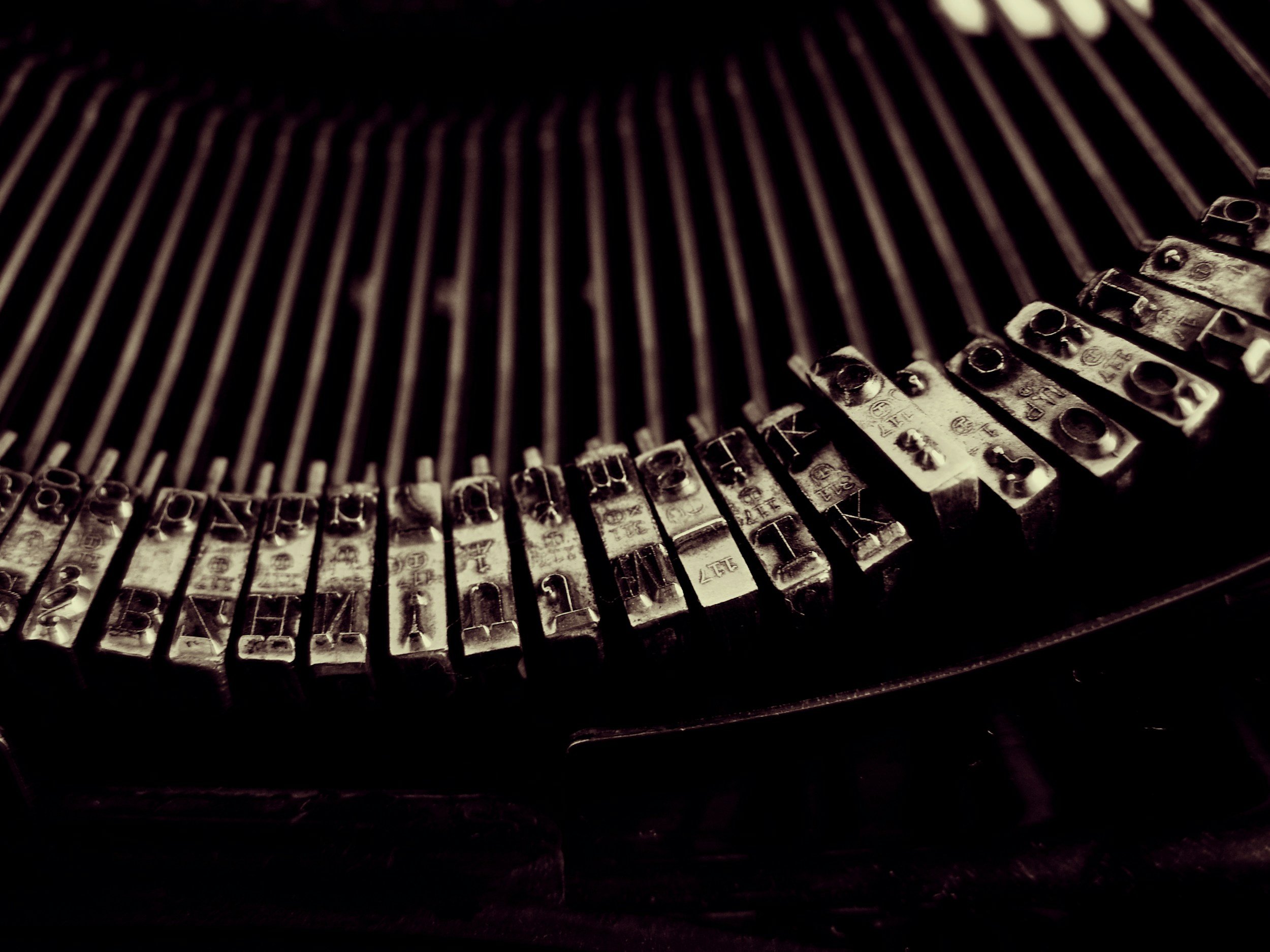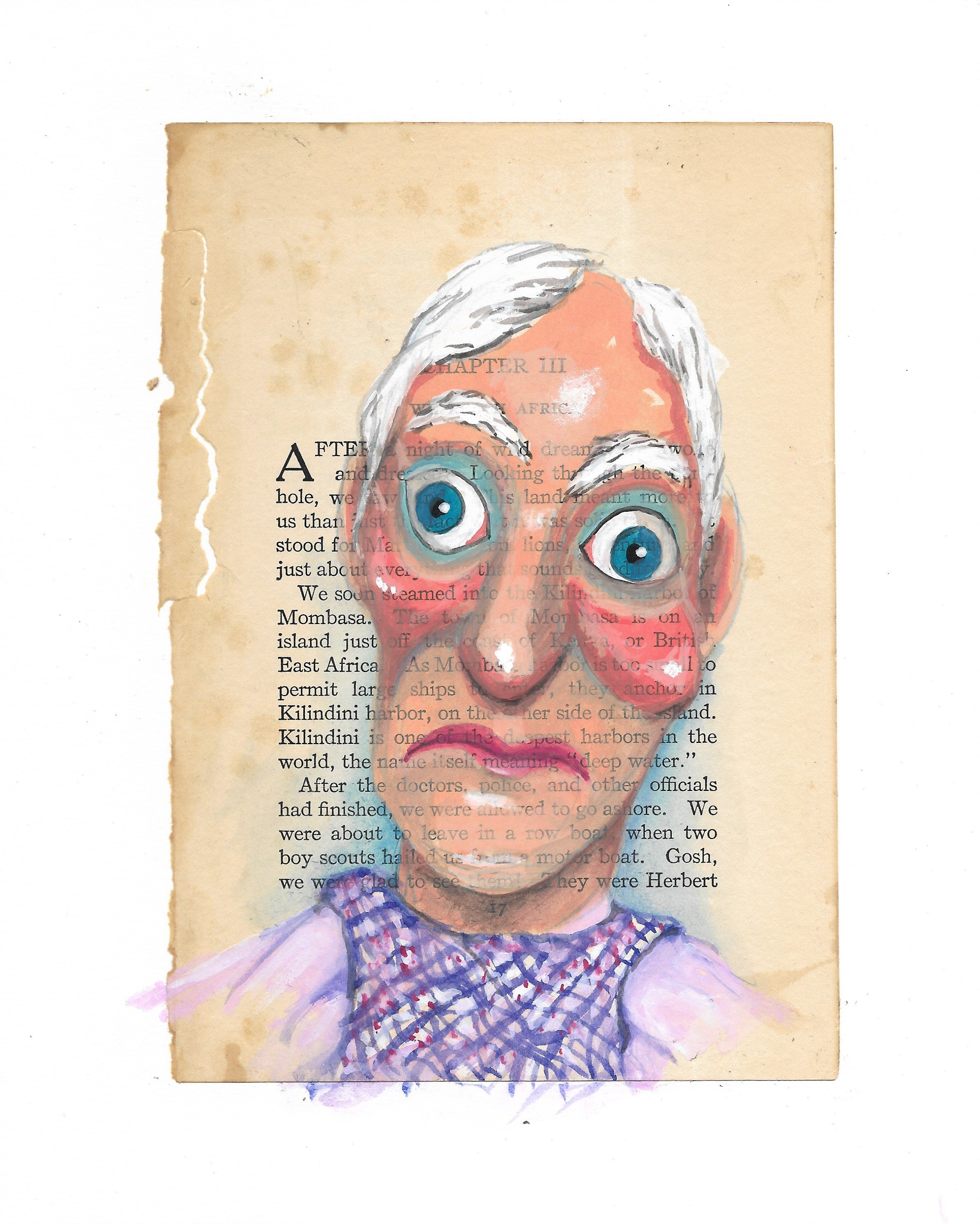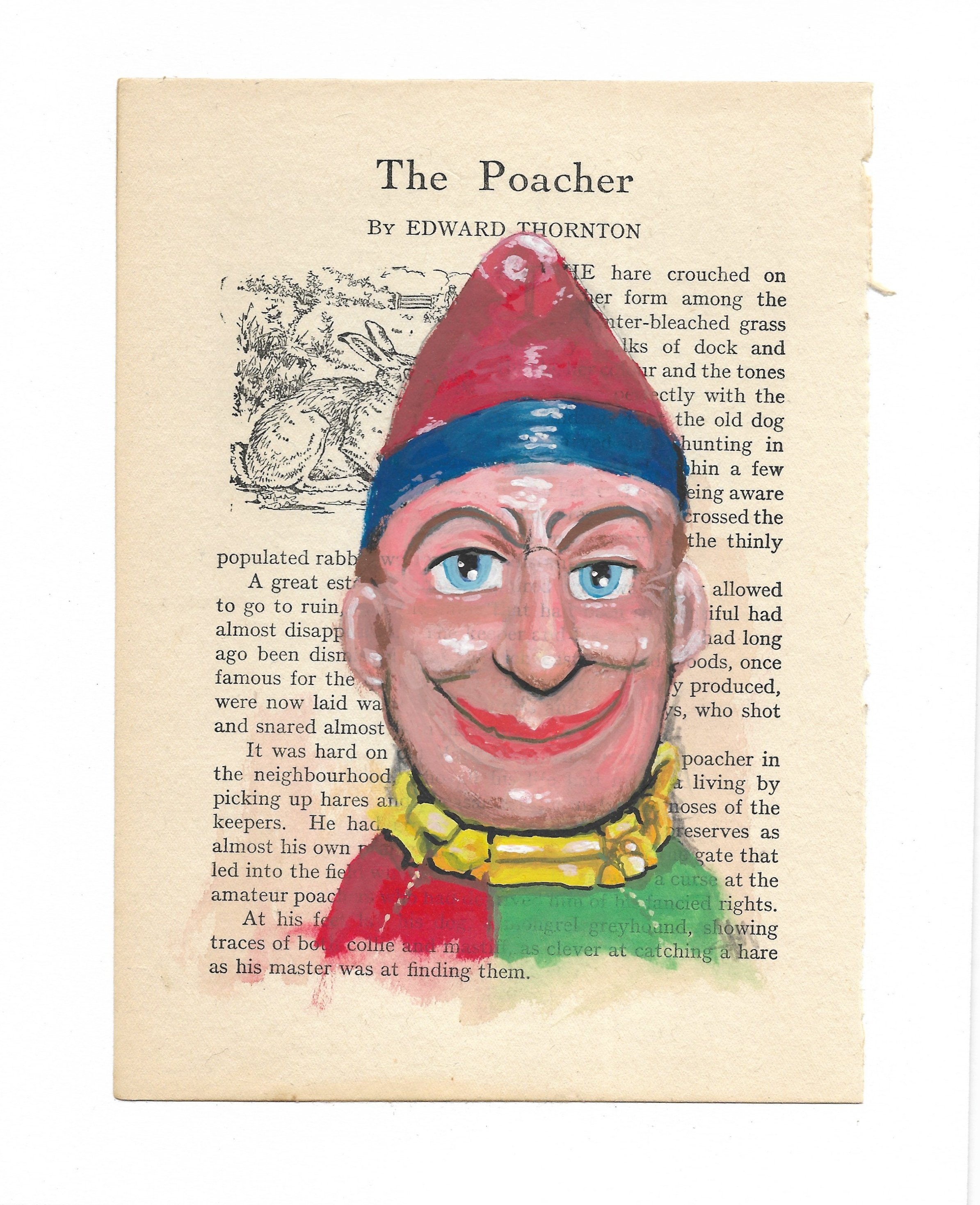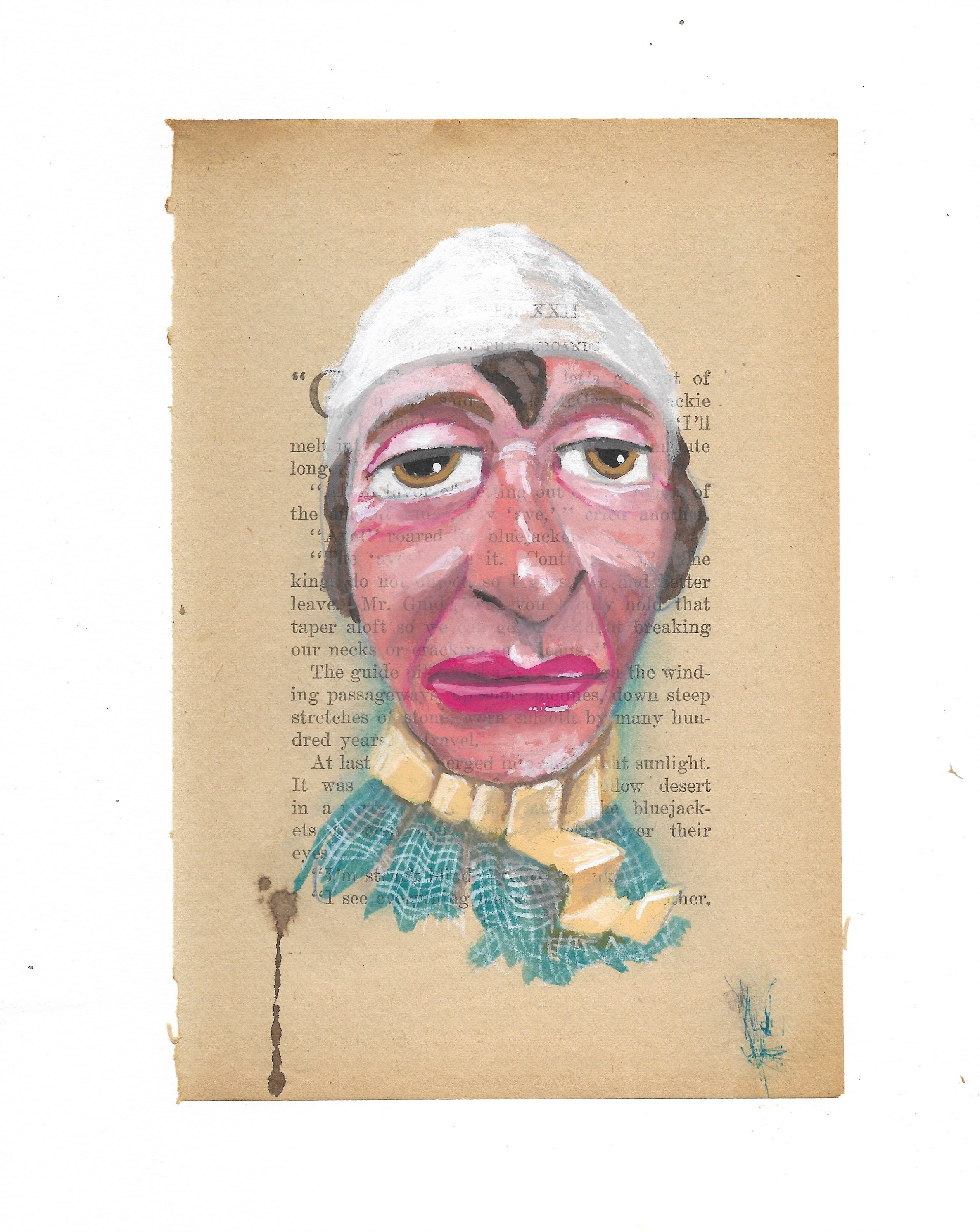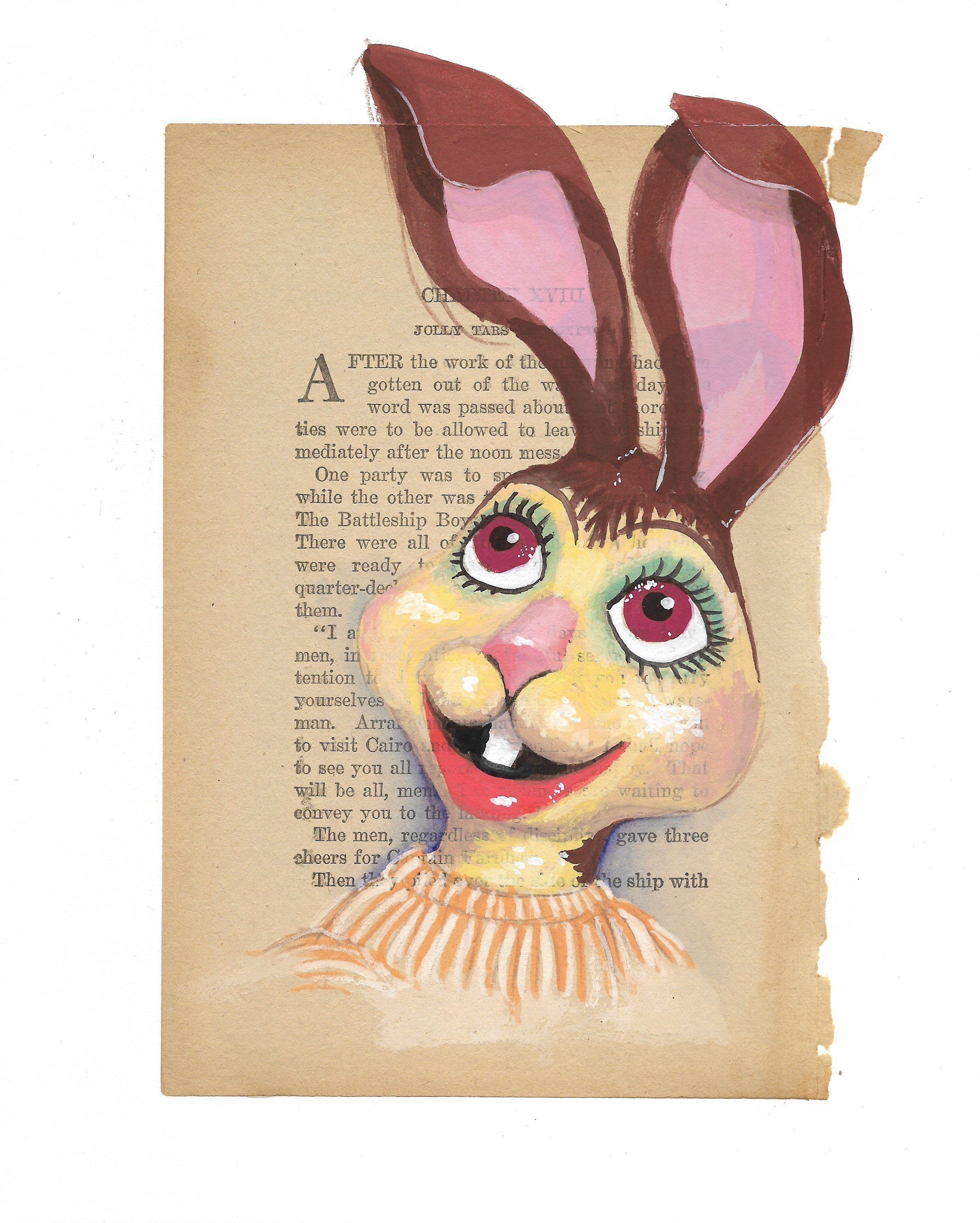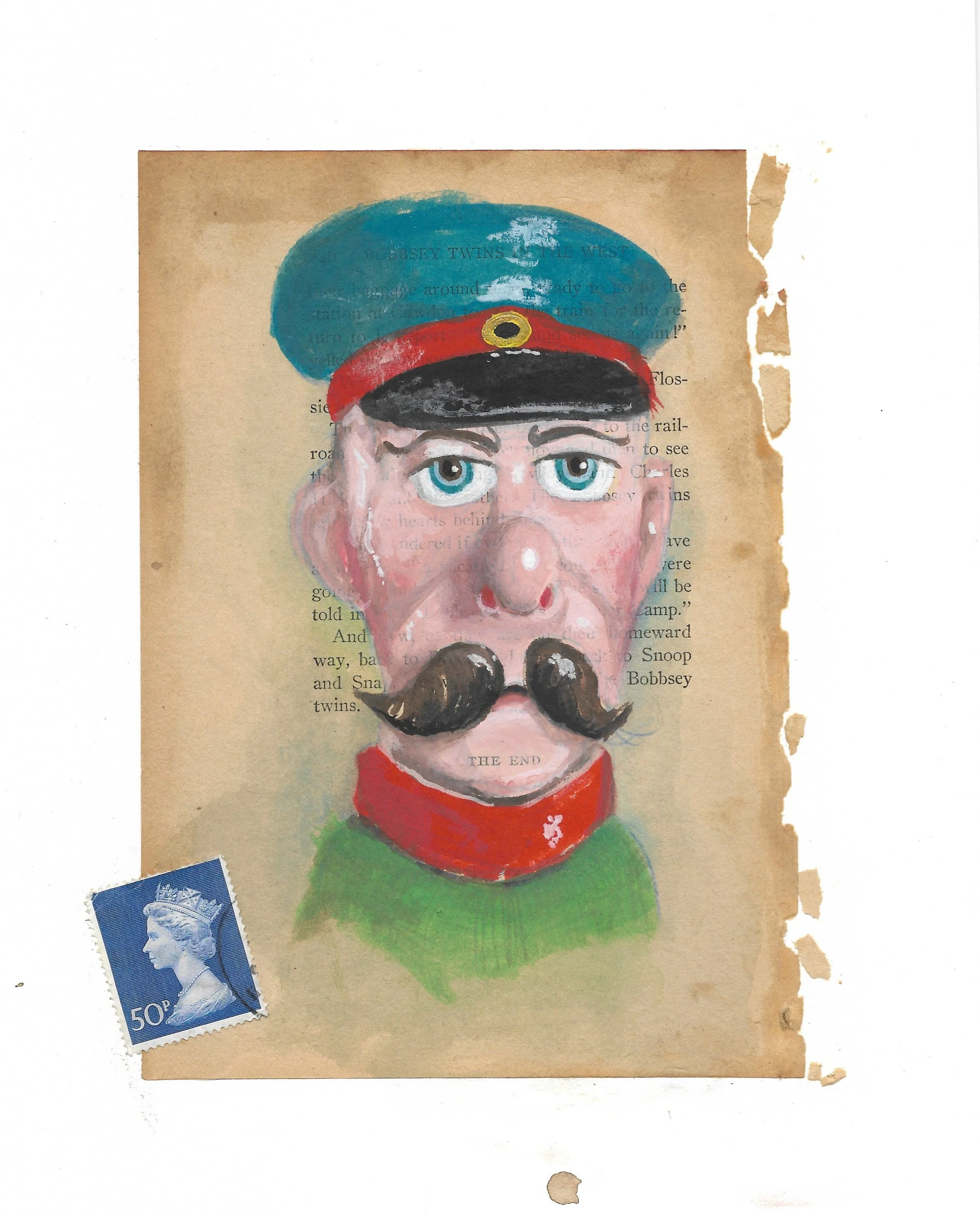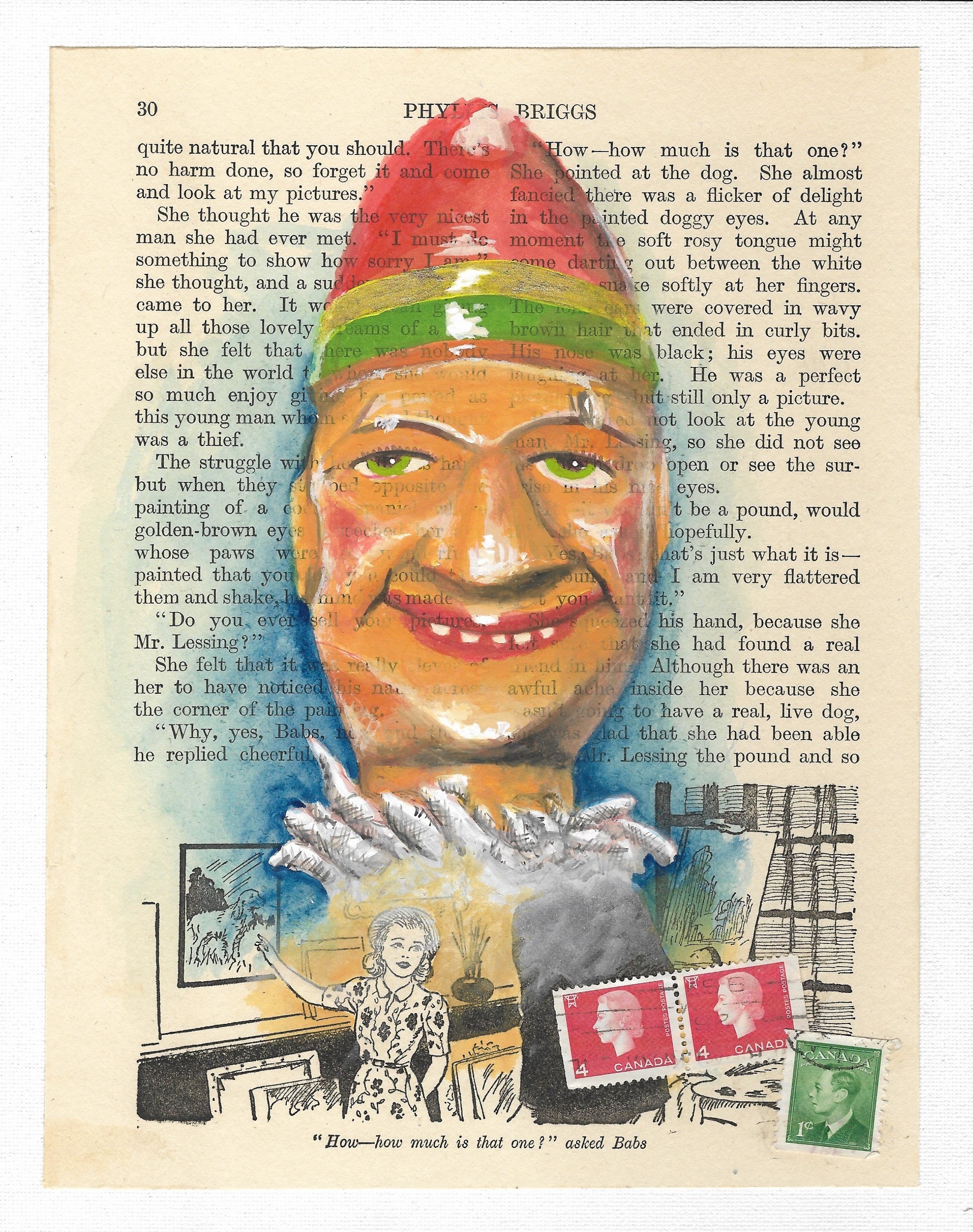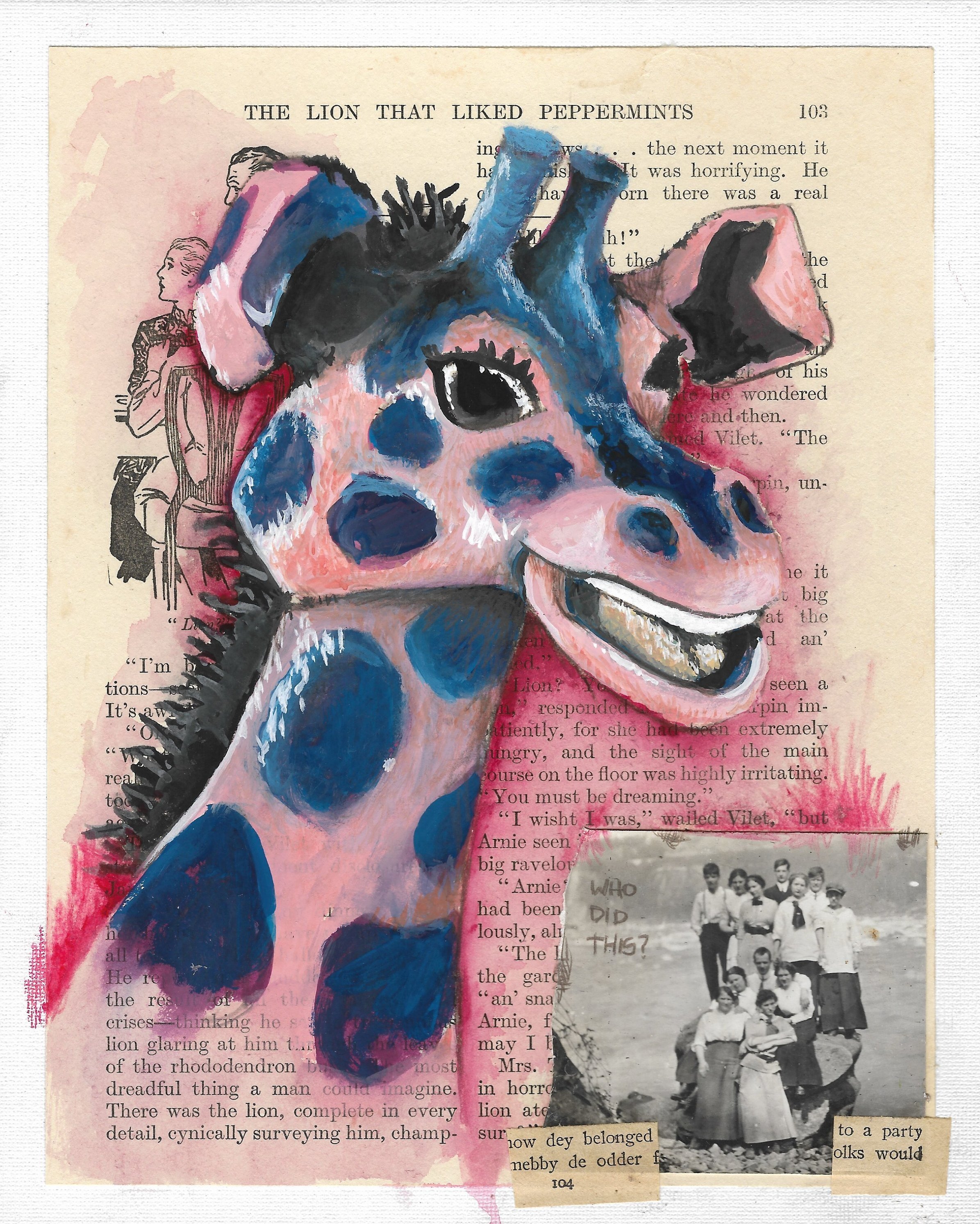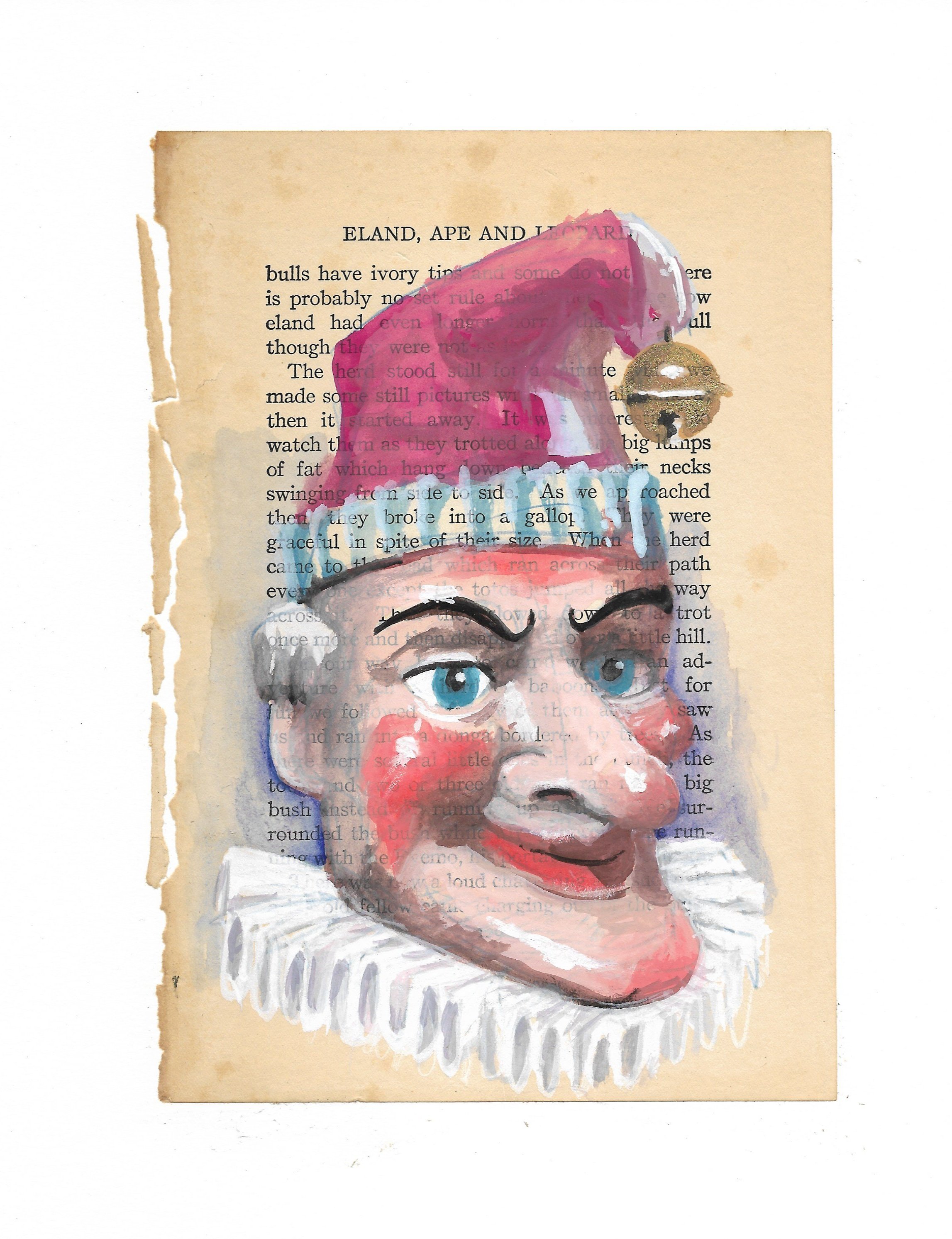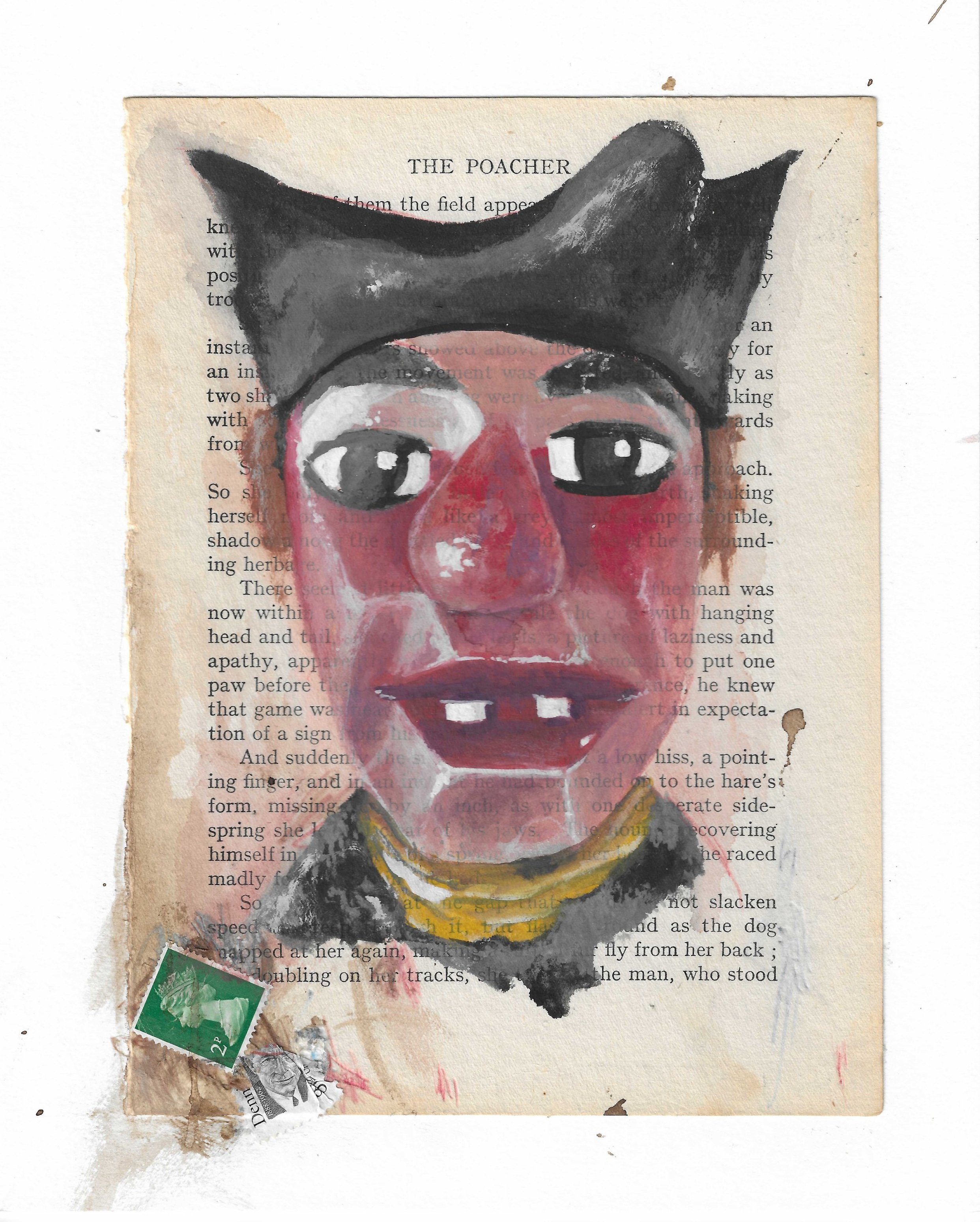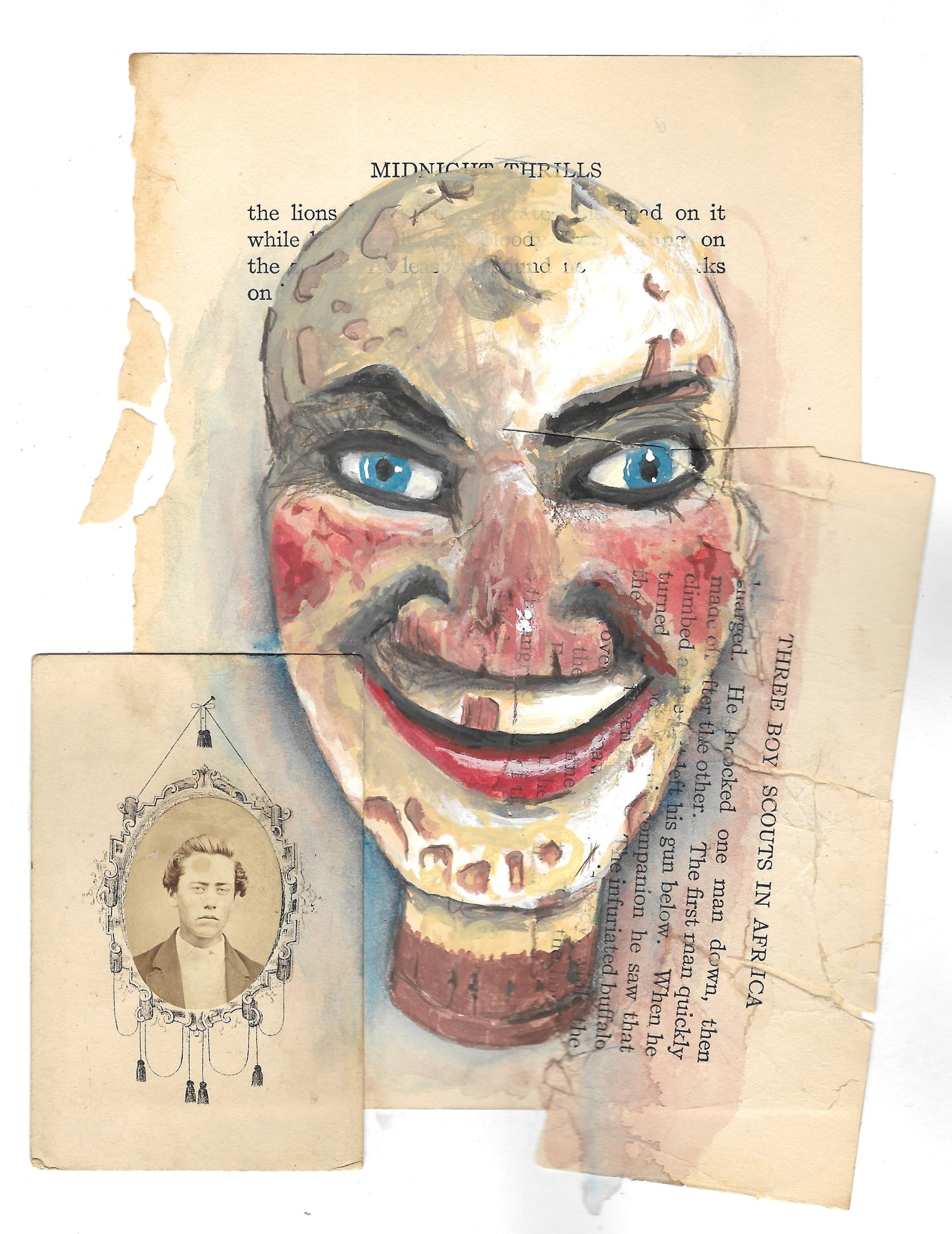The Puppet Portrait Project: Original Artwork for Sale
Casey from Mr. Dressup
A quick spin through my workspace just shortly after completing the Casey painting. The gouache paints are a collection I aquired on a past trip to Italy. The Italian gouache seems to just work better for me but it could just be the romantic notion that I aquired it when surrounded by the sights and sounds of Rome on a warm fall day.
Puppets have always fascinated me. They have a strong visual resonance from my childhood. I remember being fearful of most puppets. Puppets have arresting frozen expressions mostly of surprise or astonishment. Puppets are characters with colourful over-accentuated features, and stiff jerky movements. Childhood for me was a relatively dark time.
Puppets seemed to heighten my feelings of isolation, vulnerability, and insecurity. I do not remember liking many puppets that I met along the way. The concept of controlling a puppet and its helplessness over its controller is haunting. The puppet’s hollowness underneath it all, and the dark magic of breathing life into something which is normally very inanimate.
This collection of puppet portraits is a compelling one for me, and it has grown larger than expected because I just can’t seem to stop making them, or exploring their expressions in translation both isolated and as a group. Each puppet takes on a life of its own, but then at the same time seems to be part of a strange puppet collective.
My Method:
My method begins by foraging pages from vintage children’s books, choosing ones that seem to draw a bit of a narrative on their own - ones that speak to me visually. I mount them on an illustration board, and might add in a few elements prior to doing any underpainting or pre-planning. I build all of the base art first and in multiple sittings. I don’t begin painting on them until after they are fully dried, and flattened out by piling my collection of vintage books on top of them for a few days.
From here the search begins for reference files. There is no shortage of content online, images are easy to find. But there still needs to be a strong visual feel or expression from the puppet photos I use for reference. AND they must be old. Meaning at least 30-40 years old, if not older. My collection of images grows daily, but eventually I am sure I will run out of ones that appeal to me. Initially I plan to only do one original painting of each character without any prints, but I may re-illustrate my references a second time as the collection grows and sells. No painting will be replicated or have copies of it sold. Only the original art will be available for this first collection.
When I am compelled to paint I select a premade background and set up my paints, and desk easel. At this point I begin to search through my image reference collection on my phone until I find one that fits the background, and my mood to paint. I post the picture on my phone and set it up on the easel beside the canvas and begin sketching the portrait with a watercolour pencil (choosing a colour that matches the tones in the photo). This sketch is rough and free. I do not sweat the details, I mostly just want to capture the “essence” from the image, and get the proportions the way I want them. My goal is never to just “render” the photo, but to bring it to life somehow, and transform it from a stale collector’s relic back into something fresh and expressive. Kind of like I am bringing these dead old forgotten puppets back to life.
Once my sketch is complete, and I can see it through the printed storybook page well enough to use as a guide I begin doing a transparent gouache underpainting. This helps me establish the tonal values and lets me block in basic colours that I can use as a scaffolding to build the painting up, and bring it to life. After this the painting process becomes more of a subconscious and organic thing. I find that it is best to not overthink the painting and just keep moving forward. As a painter, the process can be very stressful or very beautiful and cathartic. It all depends on how you translate it. I find it best not to overthink as it allows self doubt to creep in and it can throw off the natural process of allowing your inner self to translate what you see onto the page. Most of the time you get to a point where you begin to think the painting will not work out, or this one is a dud. It is at this point one needs to push forward and believe in the process more than the result. The painting then soon transforms into a feeling of hopefulness and affirmation. I begin to see it come to life, and this fuels me further along. Once I feel that the portrait has the energy and expression I am looking for I stop painting. I have to force myself to stop and I step away from it. I may adjust a few things that technically bother me, but I mostly just learn to love and accept the painting for what it is, and has become.
I may add a few details, like a vintage stamp, old photograph, or some typed pages from other books, clothes patterns or anything else I feel will help balance or empower the composition. I use glues freely and like the painting to look like it has been worked on or laboured over. Art is expression, not perfection. Perfection leads to obsession and obsession will cause paralysis both mentally and physically.
Three Featured Works in an Upcoming Show
-
Scymgeour's Try
Scymgeour's Try : 1940s German hand-made Punch and Judy, hand puppet portrait painted in gouache onto a page taken from a copy of The Great Book For Boys 1936. includes vintage postage stamp with watercolours and watercolour pencils. Mounted on canvas board.
AVAILABLE AT: The Leslie Grove Gallery

-
Wug The Mascot
Wug The Mascot: 1940s German hand-made Punch and Judy, hand puppet portrait painted in gouache onto a page taken from a copy of The Great Book For Boys 1936. includes vintage postage stamp with watercolours and watercolour pencils. Mounted on canvas board.
AVAILABLE AT: The Leslie Grove Gallery

-
Led By The Nose:
Led By The Nose: German folk art hand-made, hand puppet portrait painted in gouache onto a page taken from a copy of The Great Book For Boys 1936. includes vintage postage stamp with watercolours and watercolour pencils. Mounted on canvas board.

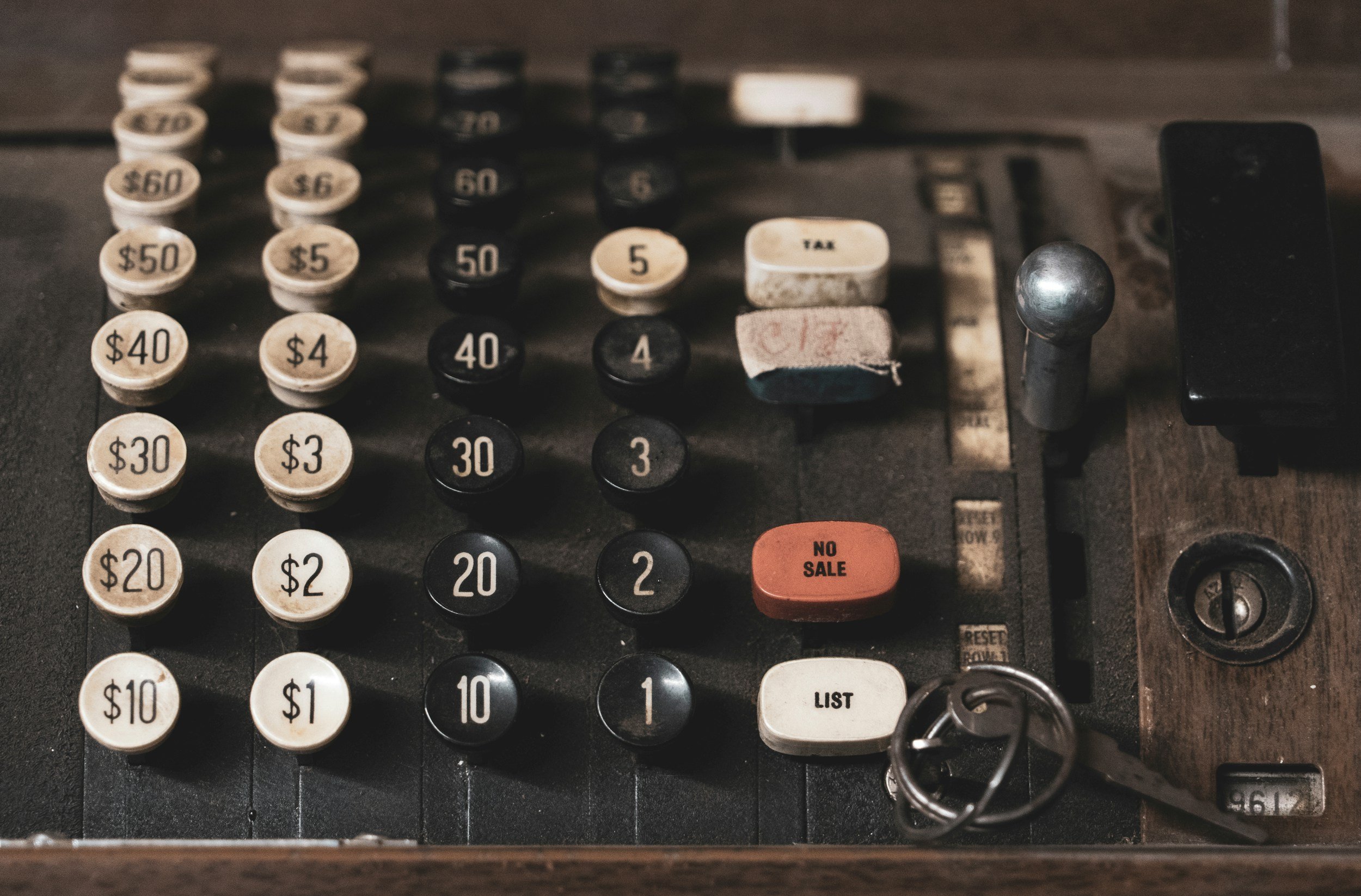
Get in touch.
Ok, super! Lets do something great together! I’m keen and I know stuff!
I won’t raid your lunch fridge or stalk you online. Need illustrations? Marketing? Design? Branding? Or is ther somehitng else that we can do together that may be a good fit?
Or just drop me a note , leave a comment or ask any random question.
I would love to hear from you and how you got here.
